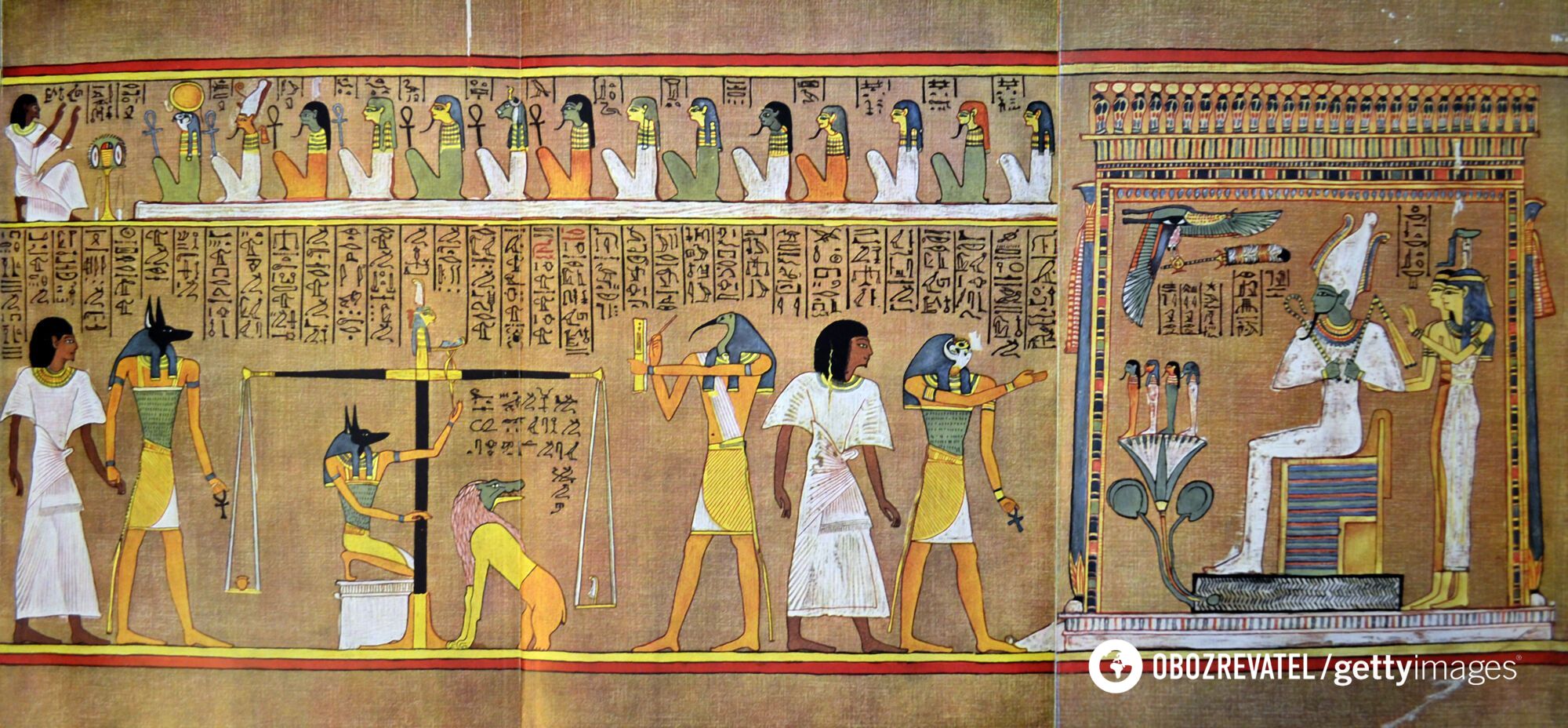Life
Death is only the beginning: what is the Egyptian Book of the Dead and why it is impossible to be in the netherworld without it
Most ancient civilizations had not only a cult of life, but also a cult of death with its deities, traditions and prohibitions. People believed that death was simply the beginning of another existence of the individual, which takes place outside the Earth. But the transition from one to the other was often full of obstacles and insidious demons. This was no exception for ancient Egypt.
There, the so-called Book of the Dead was created to serve as a guide to help the dead navigate the netherworld. However, despite the name, the Book of the Dead was never a real book.
As IFLScience tells IFLScience, the Egyptian Book of the Dead is a collection of spells written over thousands of years. It did not have any order or plot structure - it was simply a collection of spells.
However, they were extremely important because they were intended to help the deceased person overcome a certain problem that awaited him in the afterlife.
Such spells were not only worth knowing while alive, but sometimes worth having with you after death. That is why scientists have found various combinations of these spells on papyri that were placed in tombs next to the dead.
One of such ancient spells was inscribed on objects in the burial chambers of Egyptian kings around 2400 BC. Subsequently, similar writings began to be found in tombs that did not belong to kings. The royal texts were known as the Pyramid Texts and the ordinary texts were known as the Tomb Texts.
A collection of these incantations was republished in 1600 BCE under the title "The Book of What is to Come Following the Day."
When the Book of the Dead became available to everyone, not just the nobility, it became an essential part of the kit for those preparing to leave the world of the living. Individual parts of the Book were purchased and scholars have not yet found a single tomb with the complete collection of spells.
The Book of the Dead received its somewhat ominous name only in 1842, when it was published under this name by the German Egyptologist Karl Richard Lepsius.
The contents of the Egyptian Book of the Dead
The book contained various spells designed to help people say the right things at the right time. It was supposed to help them pass all the tests and reach the eternal beyond.
As we know, in ancient Egypt they believed that the dead would be waiting for a journey through the underworld - Duatu and even a meeting with Osiris - the king of the netherworld and the god of rebirth. This journey ended with a judgment, which was to determine how righteous the deceased had lived.
The journey through the afterlife was by no means a mere stroll, as the dead were "hunted" by horrible monsters and other supernatural entities that required spells from the Book of the Dead to appease. Other texts in the Book also contained answers to the many questions the gods asked the dead.
At the meeting with Osiris, the dead had to recite the names of each of the 42 deities who judged the souls of the dead, as well as read the so-called negative confession, in which they had to name 42 sins from which they had abstained during their lives. All of this was contained in the Book of the Dead.
At the finale of this long journey, the heart of the deceased was placed on a scale with a feather on the scale. If the person was free from sin, the scales were balanced. But if the heart was heavier, the deceased was punished for his sins and condemned to oblivion for the rest of eternity.
Earlier OBOZREVATEL also told about why the ancient Egyptians stopped building pyramids.
Subscribe to OBOZREVATEL channels in Telegram, Viber and Threads to keep up with the latest events.




























